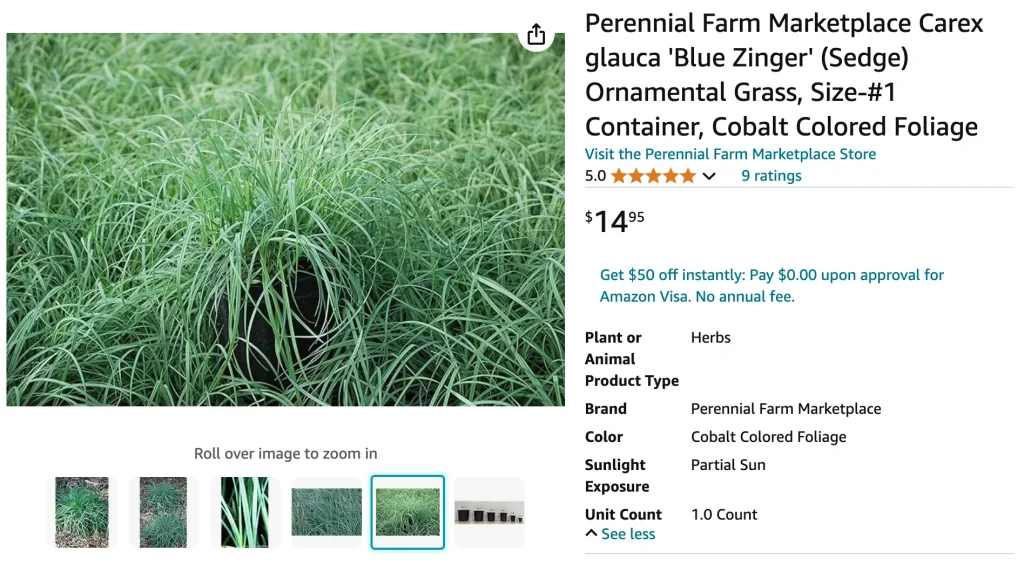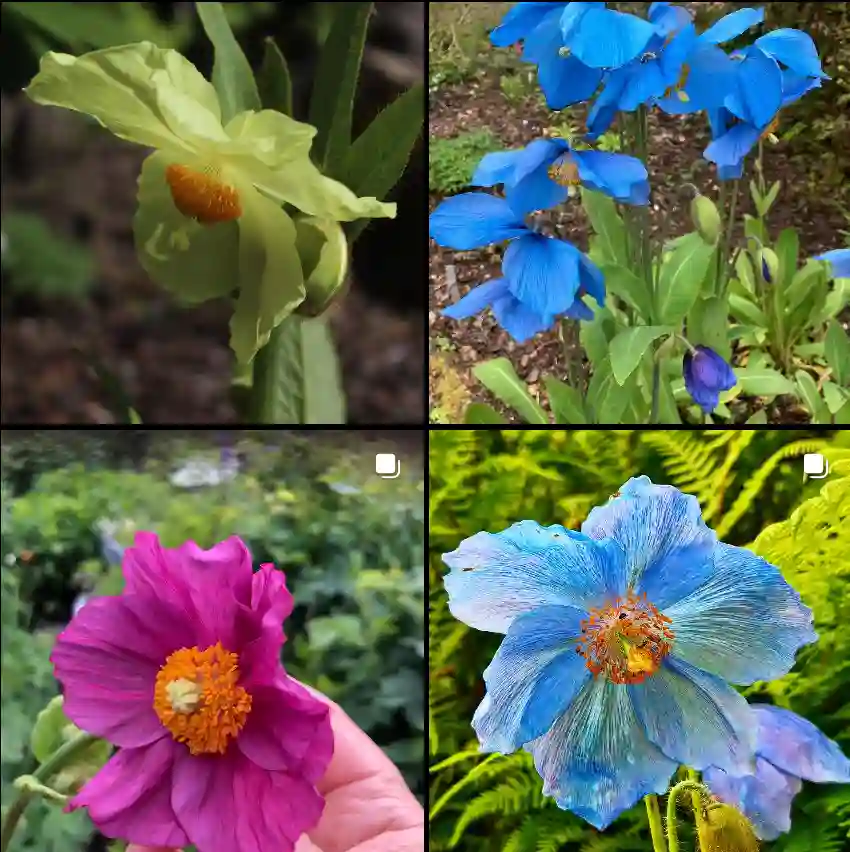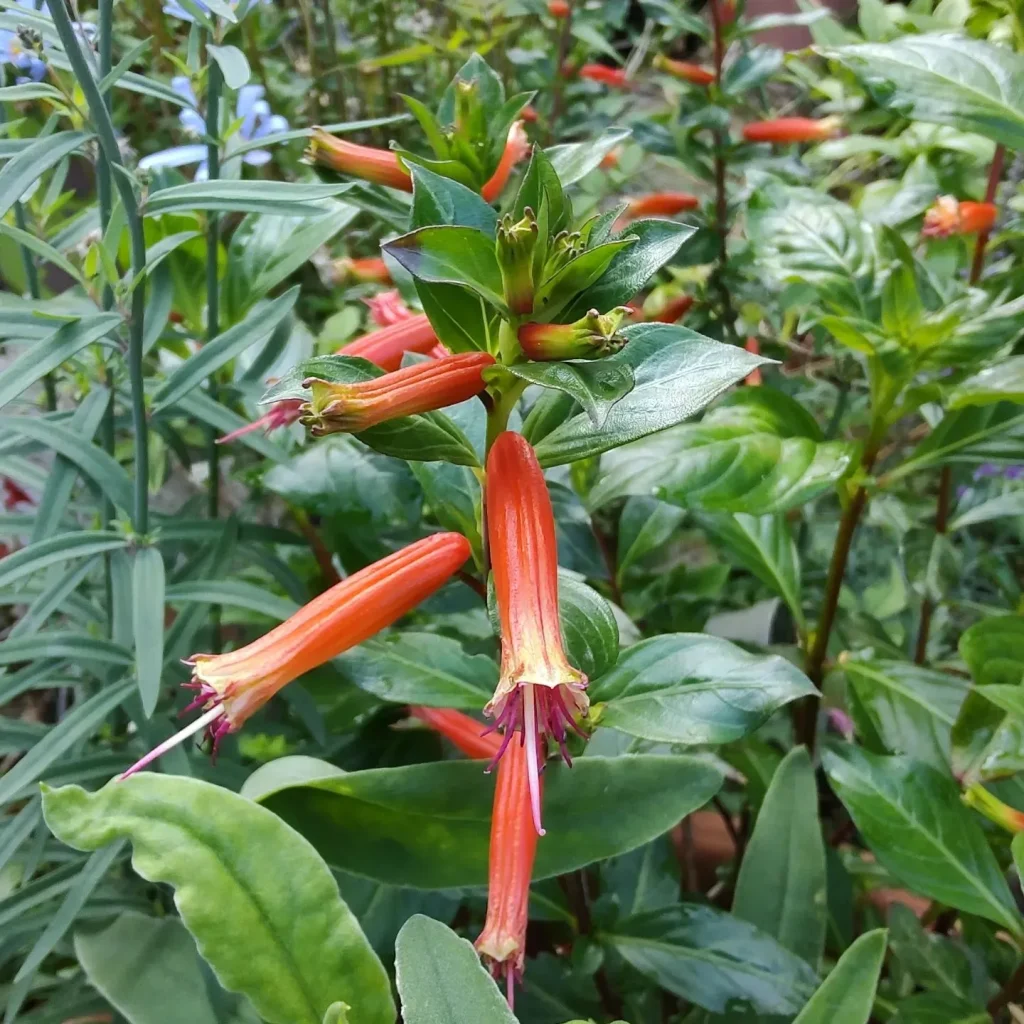
FAQs About Carex Blue Zinger
I’ve had my fair share of experience with various ornamental grasses, but Carex Blue Zinger (Carex flacca) has always stood out as one of my favorites. Its elegant, flowing foliage and hardy nature make it an excellent choice for landscaping and low-maintenance gardens. In this article, I’ll dive into some of the most frequently asked questions I’ve encountered about this versatile grass, including care tips, propagation methods, and common problems. Hopefully, this will help you get to know Blue Zinger as well as I have over the years.
2324 Species in Genus Carex
What Is Carex Blue Zinger?
Carex Blue Zinger is a type of sedge that’s well-loved for its bluish-green foliage. It’s native to Europe and has made its way into landscapes worldwide, particularly in North America. The plant’s arching blades create a soft, cascading effect that works wonderfully in borders, around ponds, and even as ground cover. Its adaptability and striking color have earned it a place in many garden designs, whether in sun or shade.
Is Carex Flacca Blue Zinger Foliage Flowers?
No, Carex Blue Zinger’s foliage does not produce actual flowers. What you see on the plant is mainly its thin, grass-like blades, which are its primary ornamental feature. However, it does produce inconspicuous brownish seed heads, but they are not particularly showy and are often overlooked in favor of the plant’s graceful, soft foliage. The focus here is truly on the foliage rather than any floral aspect.
Is Carex Flacca Blue Zinger Foliage Texture?
The foliage texture of Carex Blue Zinger is one of its standout features. It’s soft and flexible with a fine, grassy appearance. The leaves are thin and arching, creating a gentle, flowing movement that adds a calming, almost meadow-like quality to any garden setting. The texture is not stiff or spiky, making it a perfect choice for softening the edges of walkways or filling in spaces around harder landscaping elements like rocks and pavers.
Is Carex Glauca Blue Zinger an Evergreen?
Yes, Carex Blue Zinger is an evergreen in many climates. In my experience, its foliage remains attractive year-round, making it a reliable choice for adding consistent color to your garden even through the winter. That said, the plant’s hardiness depends on your zone. In particularly cold regions, the leaves might get a bit tired-looking in the harshest months, but it bounces back quickly with new growth in the spring.
When to Trim Blue Zinger Carex?
Trimming Carex Blue Zinger is one of the easiest parts of its care routine. I usually trim mine in late winter to early spring, just before the new growth starts to emerge. This helps tidy up any old or damaged foliage from the previous season. If you’re growing it as ground cover or in a mass planting, you can use garden shears to give it an even cut back to a few inches above the ground. If it’s part of a more ornamental display, you can selectively trim the tired blades while leaving the healthy ones intact.
Is Carex Flacca Blue Zinger Edible?
While Carex Blue Zinger is not toxic, it’s not grown for consumption, and I wouldn’t recommend eating it. It’s primarily an ornamental grass, and while some sedges are technically edible, Carex Blue Zinger isn’t one of the more palatable or commonly used species for food. Stick to enjoying its beauty in the garden rather than on your plate.
How to Care for Carex Blue Zinger?
Caring for Carex Blue Zinger is delightfully simple. It’s a hardy plant that thrives in a range of conditions, from full sun to partial shade. It prefers moist, well-draining soil but can tolerate some drought once established. One thing I’ve found is that it performs particularly well in areas where the soil stays consistently damp, like near a pond or along a stream. However, it’s versatile enough to adapt to drier conditions as long as you give it occasional watering during hot spells.
Can Carex Blue Zinger Grow Indoors?
While Carex Blue Zinger is predominantly an outdoor plant, you can technically grow it indoors if you provide enough light. It prefers bright, indirect sunlight and needs consistent moisture. I’ve had better success growing it outdoors, where it can stretch and thrive, but for those with the right indoor setup, it can add a bit of texture and greenery to an indoor space.
Is Carex Blue Zinger Toxic?
Carex Blue Zinger is non-toxic to humans, pets, and wildlife, making it a safe option if you have curious kids, dogs, or cats running around the garden. Its soft, non-irritating foliage is another reason I like to use it in spaces where people and animals frequent.
How to Propagate Carex Blue Zinger?
The easiest way to propagate Carex Blue Zinger is by division. I usually do this in early spring or late fall. Simply dig up a clump of the plant and carefully divide the root ball into smaller sections, making sure each section has healthy roots and foliage. Then replant the divisions in your desired location. It’s a quick, reliable way to spread this lovely plant around your garden.
What to Plant with Carex Blue Zinger?
I’ve found Carex Blue Zinger to be a fantastic companion plant. Its soft, flowing form pairs well with bolder, more structural plants like hostas or ornamental grasses such as Pennisetum. I also like using it alongside flowering perennials like echinacea or rudbeckia, as its blue-green foliage provides a nice contrast to bright flowers. It’s versatile and works well in many garden styles, from formal to more naturalistic designs.
Common Problems with Carex Blue Zinger
One of the reasons I love Carex Blue Zinger is that it’s largely problem-free. Pests tend to leave it alone, and diseases are rare. The only issue I’ve encountered is browning of the foliage if it gets too dry. This is easily remedied by giving it a good soak. Also, it can sometimes get a bit unruly if left unchecked, so regular trimming helps keep it looking its best.
Benefits of Carex Blue Zinger
Aside from its beauty, Carex Blue Zinger offers a range of benefits. It’s excellent for erosion control due to its fibrous root system, making it perfect for sloped areas or near bodies of water. Its evergreen nature ensures your garden has color year-round, and its low-maintenance care routine makes it a breeze to grow.
In conclusion, Carex Blue Zinger is a stunning, adaptable, and low-maintenance plant that can fit into just about any garden. Whether you’re looking for ground cover, a companion plant, or a year-round color provider, this ornamental grass is a great choice.
If i die, water my plants!



